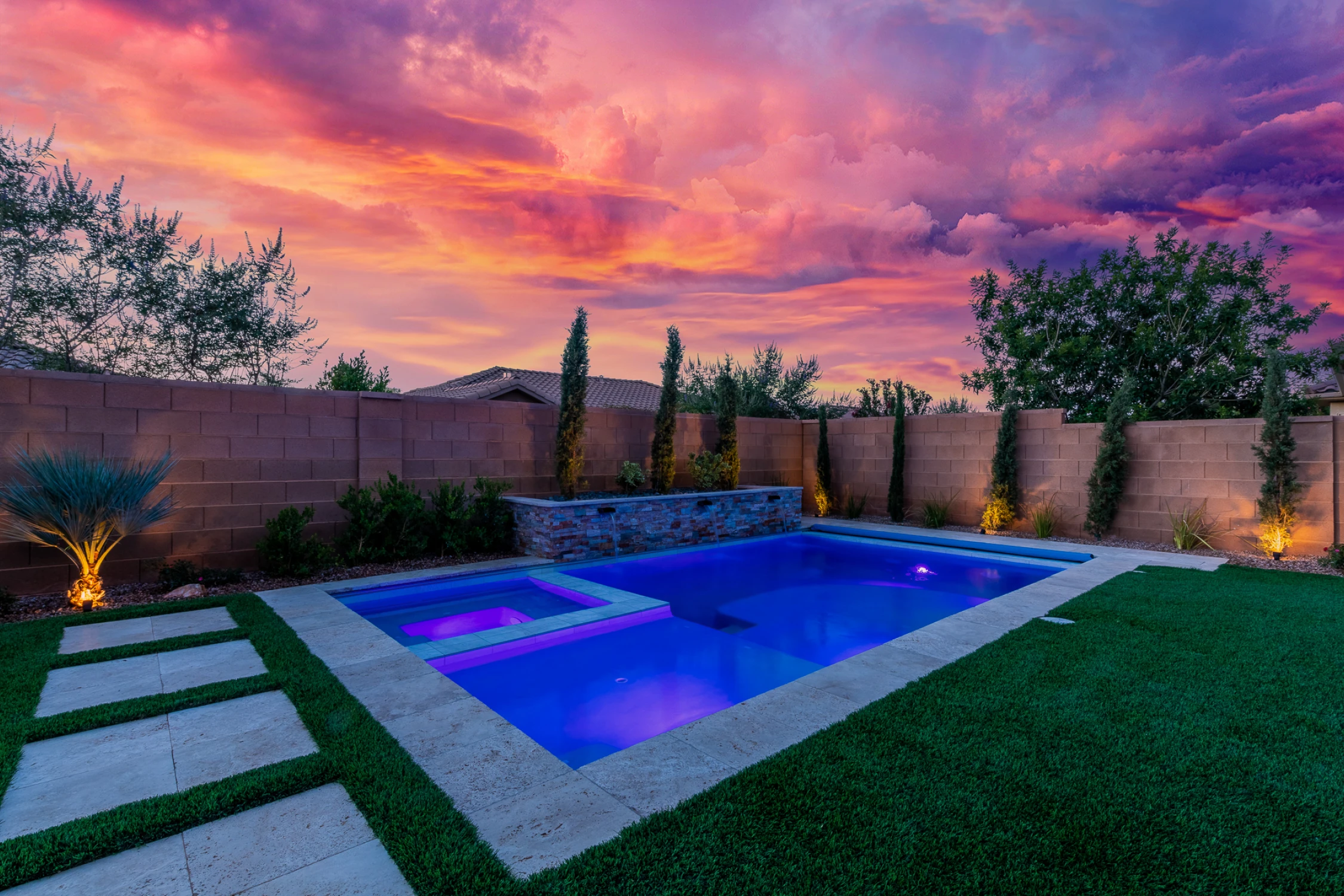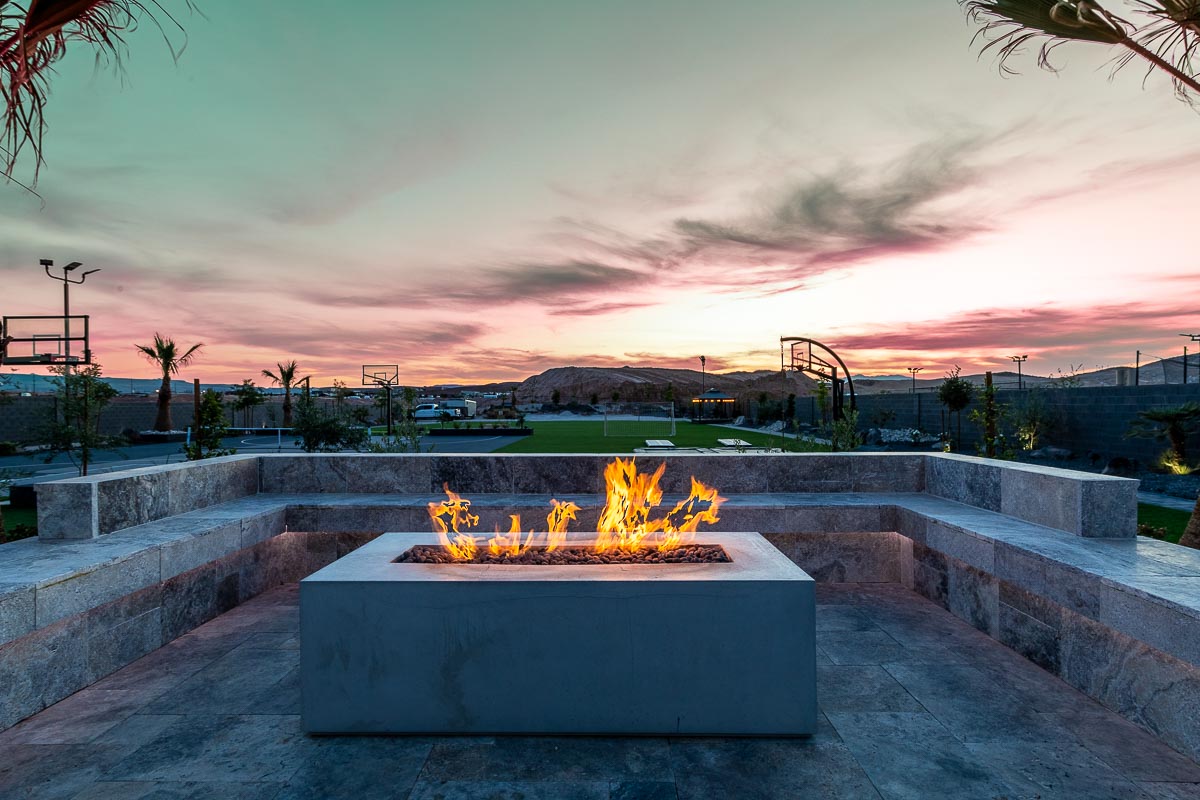
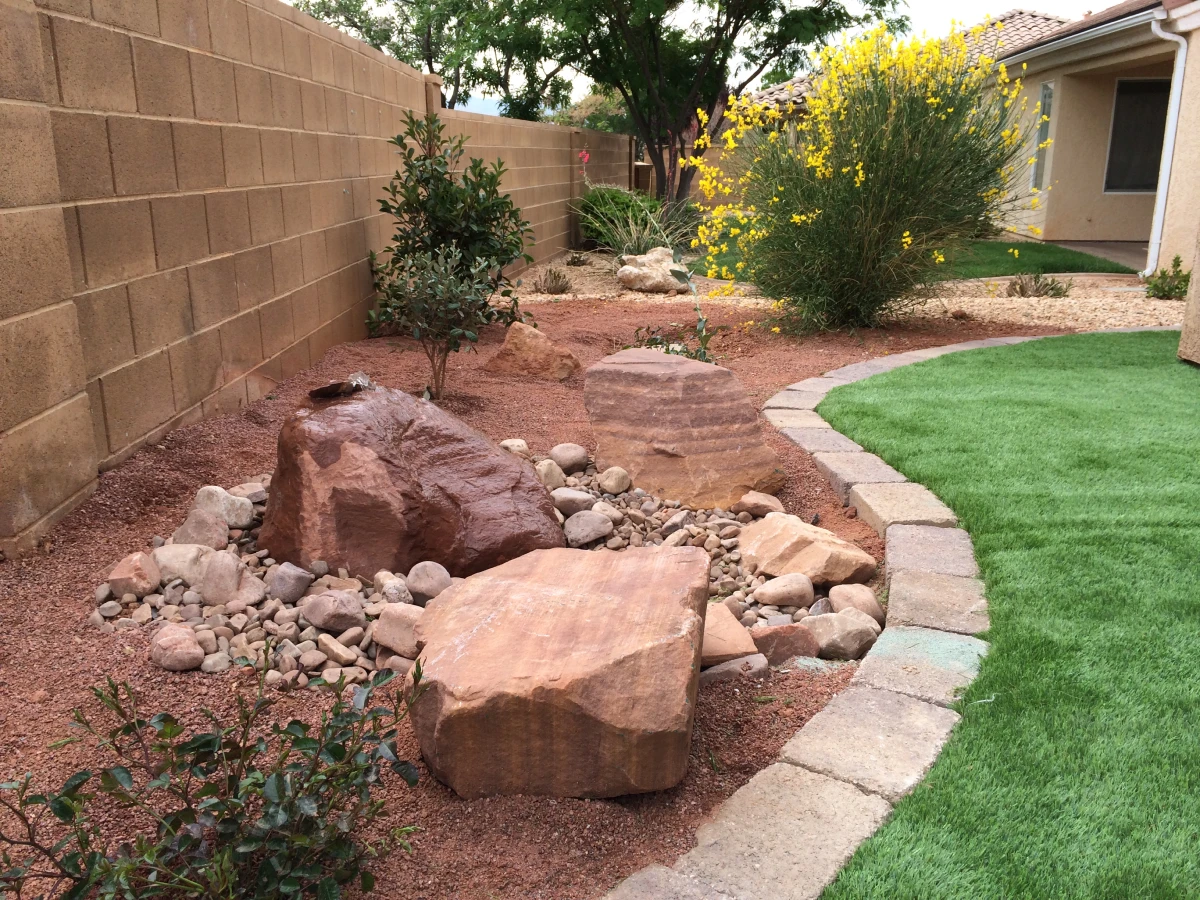
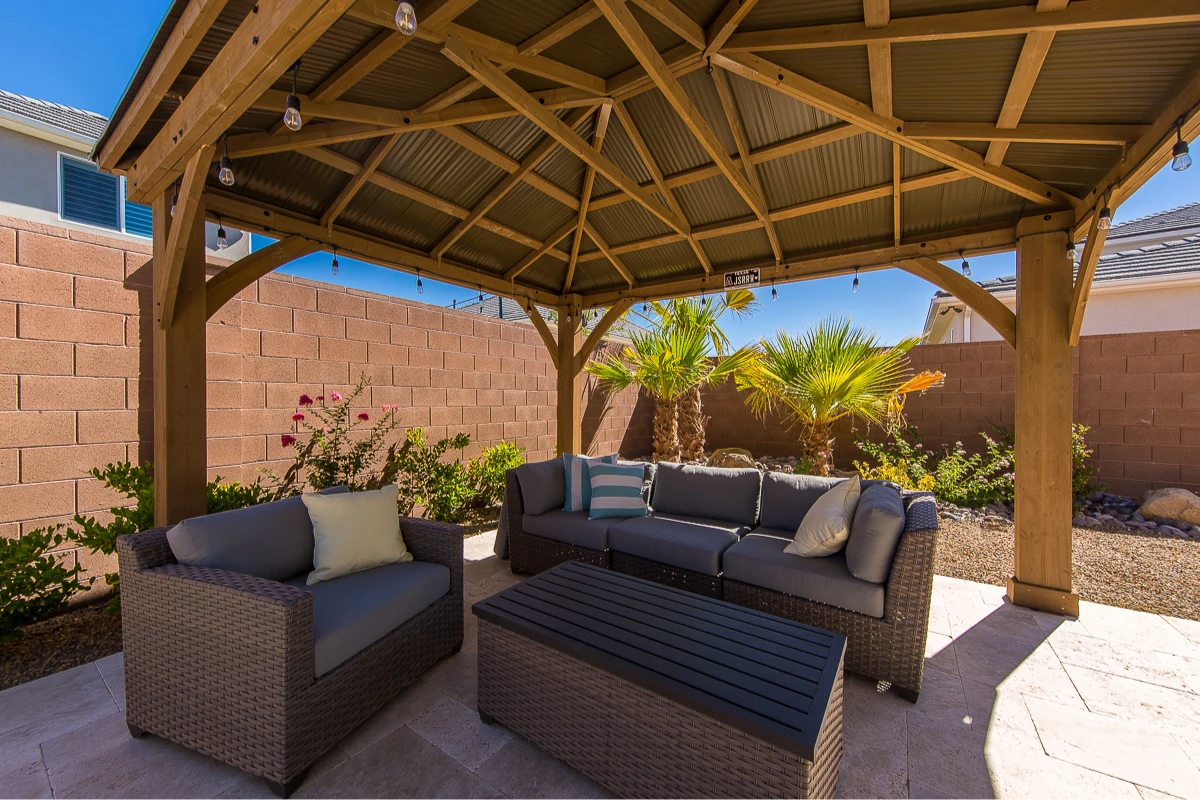
Choosing an artificial grass installation is becoming a popular decision for homeowners and businesses across Enterprise, Utah. Many are seeking sustainable, low-maintenance landscaping solutions that stay beautifully green year-round. This guide delves into the advantages of synthetic grass, outlines the setup steps, and offers a detailed checklist for a successful artificial grass project. Whether you’re dreaming of a perfect residential lawn, a safe playground surface, a backyard putting green, or durable sports turf, this information will help you choose the best artificial grass solutions.
High-quality synthetic grass is engineered to endure heavy foot traffic, active play, and challenging weather conditions. A professional installation ensures your green turf can last for many years, potentially 15-20 or more depending on the artificial grass products used. This durability makes premium artificial grass a sound, cost-effective investment for your property, providing a lasting, green lawn.
Careful planning is the foundation of any successful installation. Identify the exact location and boundaries for your new synthetic lawn. Measure the space precisely to determine the required square foot amount of turf. Select the ideal type of artificial grass based on your specific artificial grass needs – consider factors like traffic levels, desired look (e.g., green turf color), and specific uses like pet turf or putting green surfaces.
Thorough site preparation is non-negotiable for a stable and enduring turf surface. Remove all existing grass, weeds, rocks, and other debris from the designated space. Carefully grade and level the ground, ensuring proper slope for drainage, creating a smooth base. Install a high-quality weed barrier fabric to prevent unwanted growth pushing through your synthetic grass.
A robust base layer provides stability and essential drainage for your artificial grass. Apply a layer of crushed aggregate (like decomposed granite or specialized base rock). The depth depends on the planned use of the turf. Compact the base material thoroughly using a plate compactor to establish a firm, stable foundation for the synthetic turf.
Now it's time to roll out your chosen artificial turf. Carefully unroll the sections of synthetic grass, positioning them according to your plan. Trim edges precisely for a perfect fit using a specialized turf cutting tool. Secure the perimeter of the grass using landscape staples or adhesive, ensuring it won't shift. Join any necessary seams meticulously using seam tape and adhesive, ensuring joints are virtually invisible for a continuous green lawn appearance.
Infill is crucial for artificial grass. It supports the fibers, adds ballast, improves resilience, and helps keep the turf cool. Spread the chosen infill material (commonly silica sand, potentially mixed with other materials for specific applications like pet turf) evenly across the synthetic turf surface using a drop spreader. Brush the grass vigorously with a power broom or stiff push broom. This helps the infill settle deep into the base of the turf fibers and encourages the blades to stand upright.
The final step involves perfecting the look and ensuring quality. Give the entire lawn a final grooming with the brush to ensure all blades are standing tall and the green surface looks uniform. Thoroughly inspect the entire installation, checking seams, edges, and overall appearance for any necessary adjustments. This ensures your artificial grass installation meets the highest standards.

Why do you want synthetic grass? (e.g., low maintenance, water conservation, aesthetics, specific use like sports fields or artificial putting greens).
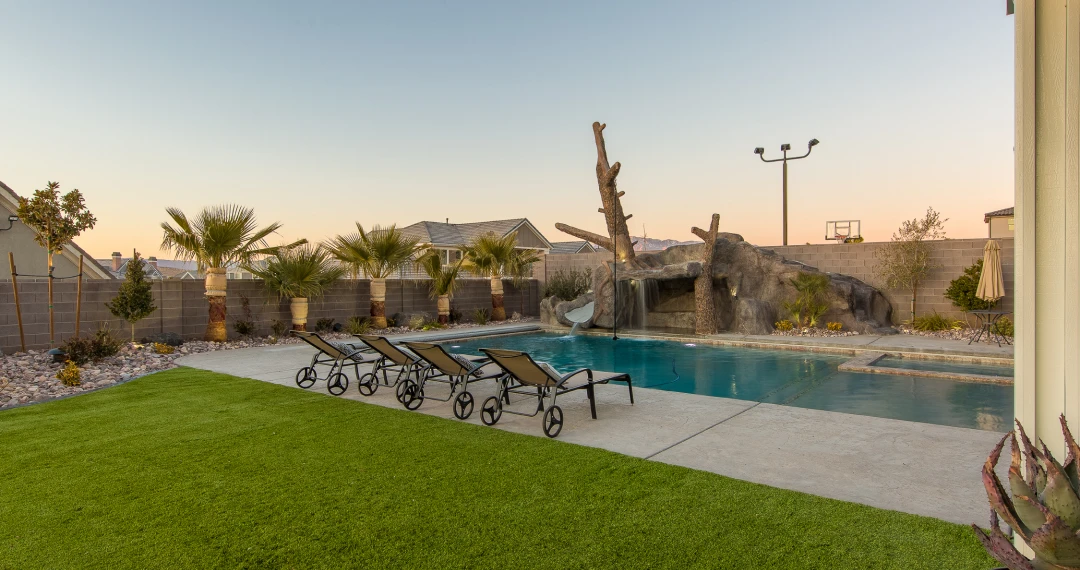
Choose the right artificial grass products for your needs (consider pile height, density, color, backing, infill options – ask about premium artificial grass).
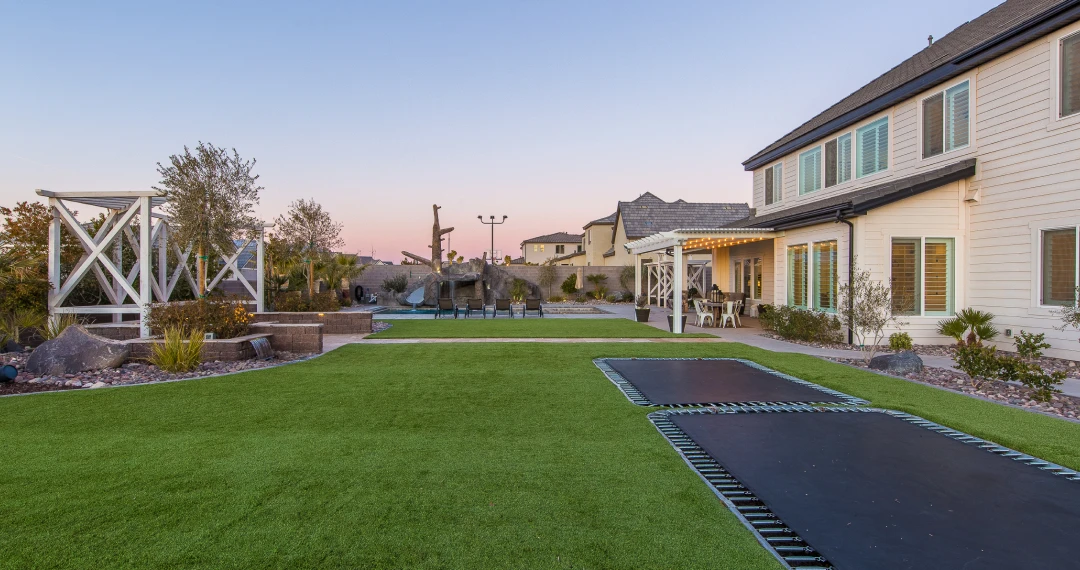
Calculate the exact square foot needed, accounting for cuts and waste.
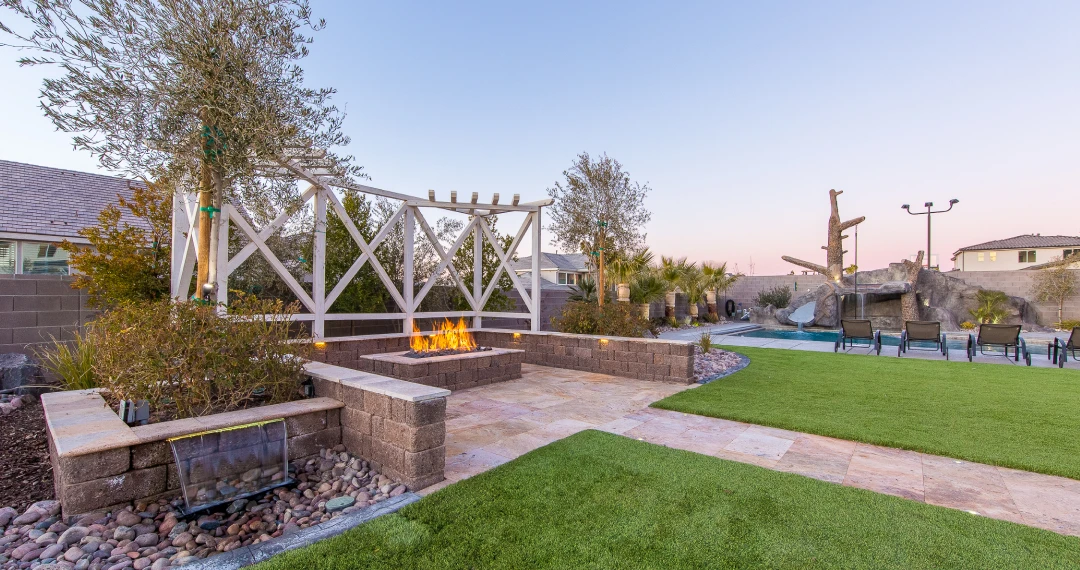
Ensure the ground is properly cleared, leveled, and graded.
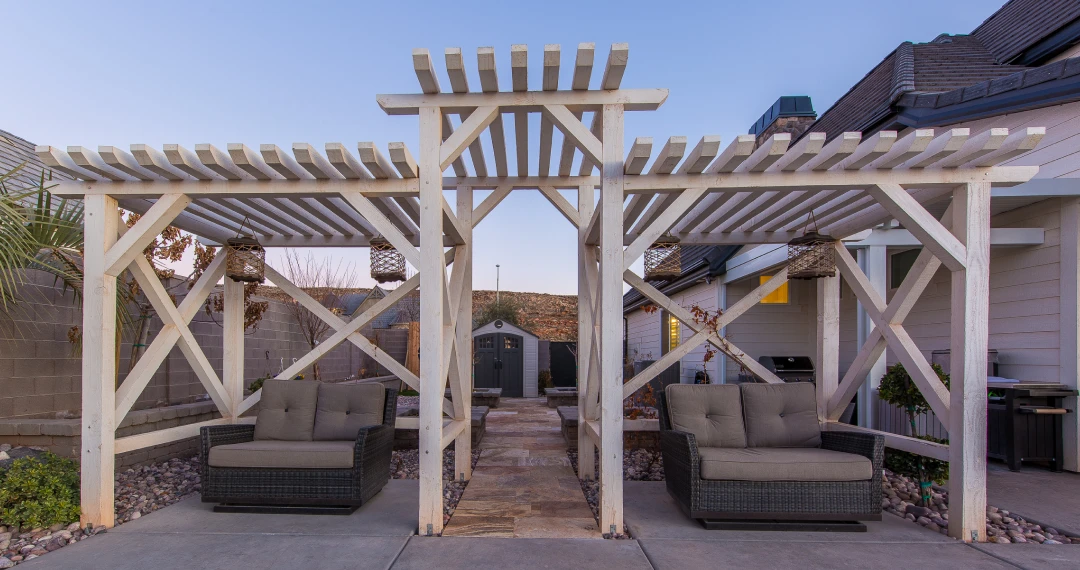
Confirm weed barrier and compacted base material are correctly installed.

Roll out, position, cut, and secure the synthetic turf carefully. Seam correctly if needed.
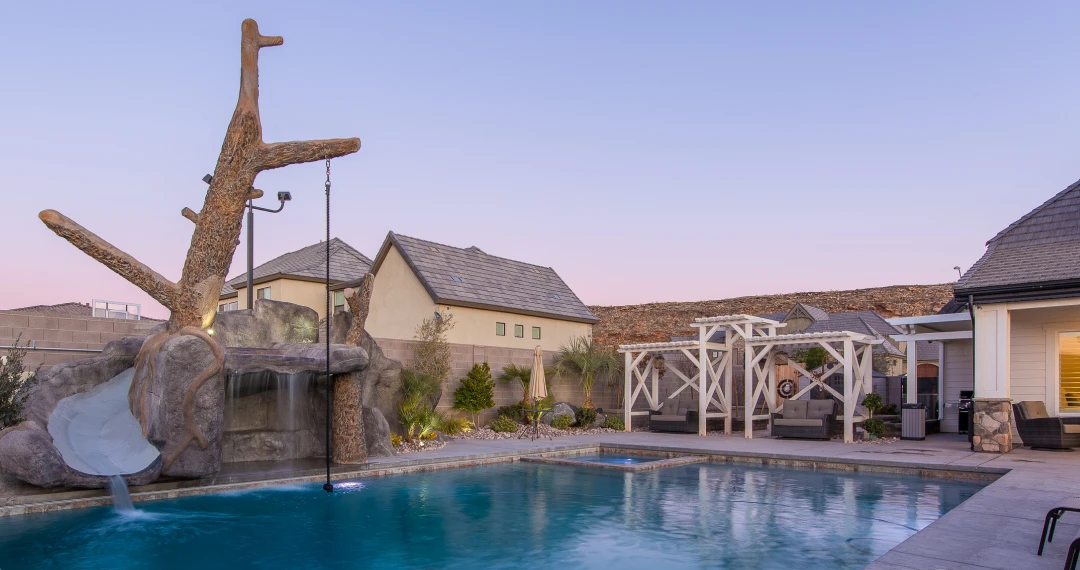
Apply the correct type and amount of infill evenly and brush it in thoroughly.
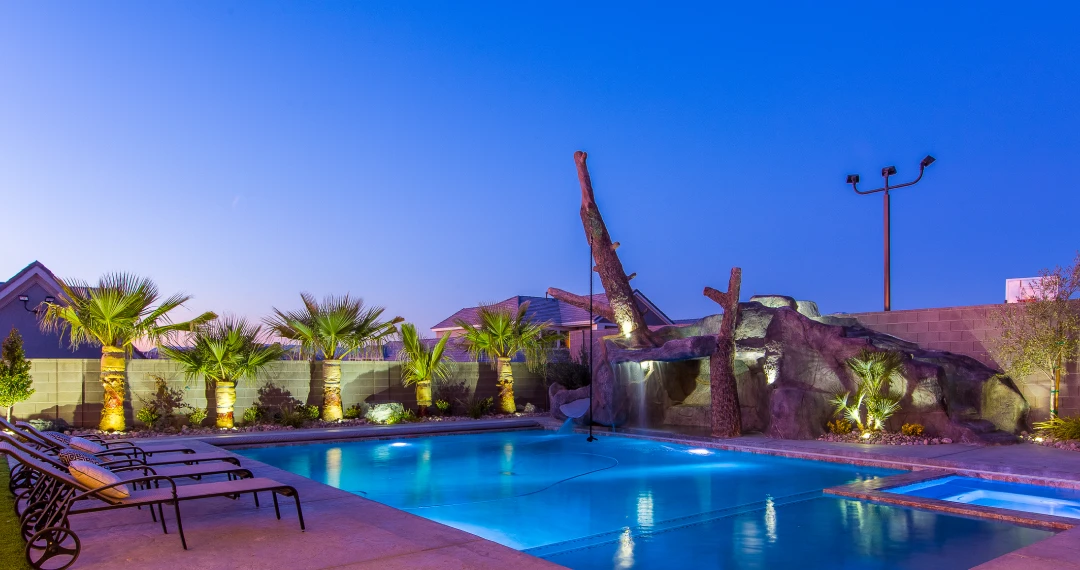
Perform a final inspection to guarantee satisfaction with the professional installation.
